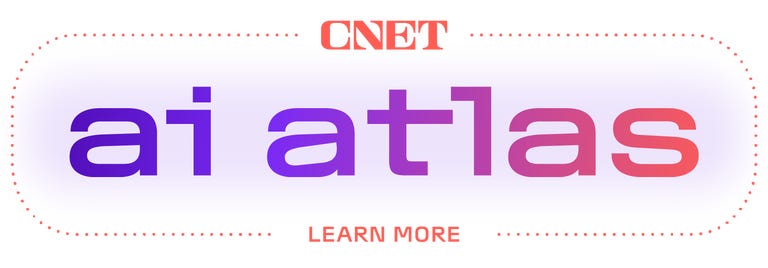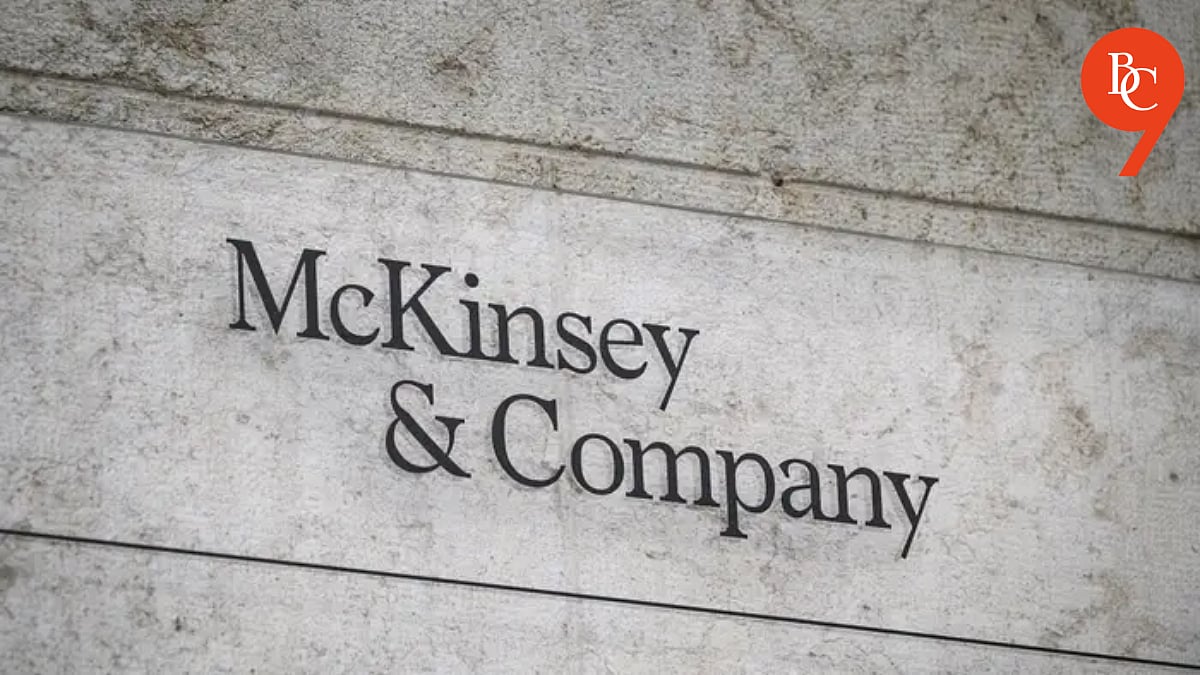The AI Job Disruption Myth
A decade ago, the career advice was clear: learn to code. Today, with the rise of generative AI, that guidance has flipped. Instead of pushing everyone toward programming, experts now suggest considering careers like nursing where human interaction remains crucial.
What the Research Reveals
According to a comprehensive survey by SHRM (Society for Human Resource Management) involving over 20,000 US workers, there's an important distinction emerging in the AI automation landscape. While many tasks can be automated, that doesn't necessarily mean entire jobs are at risk of elimination.
The survey found that:
- 15.1% of US jobs (23.2 million positions) are at least 50% automated
- 7.8% of US jobs (12 million positions) are at least 50% done by generative AI
- Yet only about 6% of US jobs (9.2 million) are actually vulnerable to displacement
This stands in stark contrast to some industry predictions. Anthropic CEO Dario Amodei recently suggested AI could wipe out half of entry-level white-collar jobs, potentially pushing unemployment to between 10-20%. Instead, we're seeing a more gradual workplace transformation.
The Real Barriers to Automation
What's preventing widespread job displacement? The survey identified several nontechnical barriers that keep humans in the workforce:
Customer Preferences Matter
The biggest barrier isn't technological capability but human preference. As James Atkinson, SHRM's Vice President of Thought Leadership, explained: "Computers might actually be capable of flying planes, but no passenger wants to glance into an empty cockpit without a human."
Regulatory and Legal Hurdles
Union contracts and existing regulations create significant barriers to automation, though these may evolve as AI technology advances.
Cost-Effectiveness Concerns
While self-checkout makes sense for large chains like Walmart, smaller independent stores often find human cashiers more cost-effective for their operations.
These barriers help explain why 95% of businesses' AI pilot projects fail to deliver actual savings or improvements, according to an MIT study.
Which Jobs Are Most and Least Vulnerable
High-Risk Professions
Computer and mathematical work stands out as particularly vulnerable, with 12.8% of these jobs having at least 50% automation and no clear nontechnical barriers. Other high-risk fields include:
- Architecture and engineering
- Management positions
- Production roles (though these often use non-generative AI automation)
Safe Career Paths
Jobs requiring significant human-to-human interaction show the lowest automation risk:
- Healthcare practitioners: Only 3% face high automation risk
- Personal care and social services: Similar low vulnerability
"The healthcare industry is one of the only industries that continues to see job gains month after month," Atkinson noted. "It is an industry that is growing, it will continue to grow as our demographics grow older, and it also is the type of occupation that tends to be the least at risk for displacement."
The Future Skills Employers Want
The survey results highlight a growing need for workers with people skills rather than just technical capabilities. Organizations are increasingly seeking employees who can handle general problem solving and human-centered tasks that AI cannot easily replicate.






:max_bytes(150000):strip_icc()/GettyImages-2237471089-da1636656edd4e4fbdeb40231e502e3e.jpg)
Comments
Join Our Community
Sign up to share your thoughts, engage with others, and become part of our growing community.
No comments yet
Be the first to share your thoughts and start the conversation!